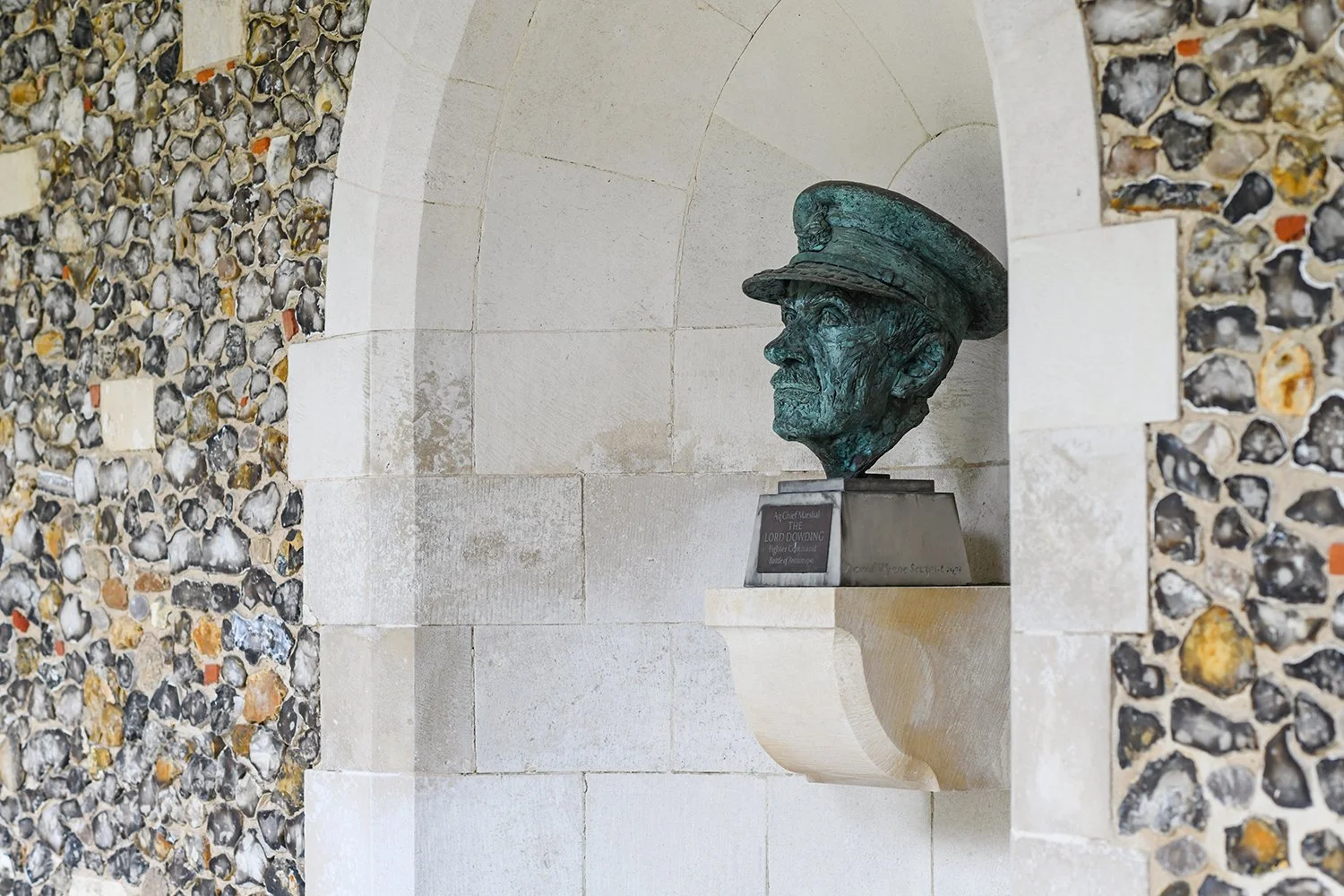



















The War Cloister at Winchester College, designed by Sir Herbert Baker, is the largest private war memorial in Europe and holds Grade I Listed status. The memorial, initiated by headmaster Montague J. Rendall, commemorates 513 alumni who fell in WWI and 285 from WWII. Its classical composition is enriched with painted and gilded symbols, regimental badges, and carved stonework by prominent artists such as Sir Charles Wheeler, Alfred Turner, and George Kruger Gray. The landscape was originally designed by Gertrude Jekyll. The completed War Cloister was dedicated on the 31st of May 1924.
The War Cloister is of national and international importance, serving as a poignant reminder of the sacrifices made during the world wars. It holds deep significance for the Wykehamist community and provides a tangible link to the past, reflecting Montague Rendall’s vision and the historical context of the early 20th century.
Despite its generally good condition, it has faced issues such as the deterioration of polychrome surfaces, biological growth on interior walls, and salt migration causing staining and damage to stone elements. Further, some of the painted inscriptions had faded or had been improperly touched-up in the past, affecting the visibility of the commemorated names. For the memorials 100-year anniversary the College commissioned Radly House Partnership to oversee a comprehensive restoration of the interior surfaces, which included elements of paving and the central memorial cross.
The approach adopted emphasised limited preventative conservation to minimise impact on the memorial's historical and aesthetic integrity. The methodology included careful cleaning, limited masonry repairs, restoration of polychrome surfaces, and repainting inscriptions to their original standards. This approach adhered to best practices in heritage conservation to ensure the memorial's continued significance and legibility.
The bulk of the conservation works were carried out by Sally Strachey Historic Conservation whose focus was on addressing the deteriorated decorative elements and inscriptions. Expert intervention was used to clean and stabilise surfaces, ensuring minimal impact on the memorial's patina. Subsequently, the restoration has brought new vibrancy and enhanced clarity, breathing new life into the historic asset.